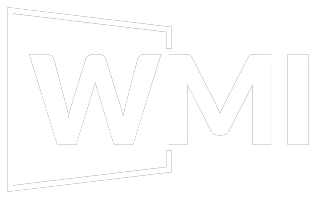The marketing industry is going through a big change as brands try to measure their impact and be more inclusive in the digital world. This article looks at the latest developments that are shaping brand measurement and inclusion, giving a good overview of what’s happening now and what might happen in the future.
One area that has seen a lot of progress is measuring influencer marketing campaigns. CreatorIQ, a top platform that works with over 1,000 brands and agencies, has made a new way to measure the impact of creator campaigns compared to regular digital marketing. This helps brands understand how well their influencer partnerships are working and if they’re getting a good return on their investment.
Gabe Gordon, co-founder of Reach Agency, says that even though influencer marketing works, the industry hasn’t fully adapted its planning strategies. Brands that don’t use this type of marketing to its full potential might miss out on chances to connect with their target audience.
Also, the way we measure how much people like a brand has changed. Blake Williams, director of data strategy at an independent agency, says that the current measures of brand love only look at what people say, which isn’t always accurate. To fix this, The Shipyard, another independent agency, made a tool called Pulse. It looks at different things like lead generation, sales, and how people feel about a brand, to give a more complete view of how much people love a brand.
At the same time, we’re starting to see that inclusion and diversity are really important in marketing. Bridge, an independent group that looks at diversity, fairness, and marketing, is leading efforts to study and measure how inclusive brands are. Their Inclusion Maturity Assessment and Capability Building Program (IMAX) looks at 72 things that a business does to see how inclusive they are. The program wants to get everyone in the company to help with diversity, fairness, and inclusion (DFI) instead of just one person or team.
Sheryl Daija, CEO and founder of Bridge, says that the current ways we measure inclusion don’t look at everything. They miss things like racial diversity, different hair types, and disabilities. To fix this, Bridge looks at social media from 200 top brands to find gaps and see how they can make things more inclusive.
The study shows that brands don’t do a good job of showing people with visible disabilities, which shows that we need to make sure brands are inclusive and that their marketing shows the diverse society we live in.
To learn more about inclusion, Bridge has worked with the CEOs of 20 global brands. They want to find gaps in how inclusive companies are and work together to make things more inclusive.
These developments in measuring brands and being inclusive aren’t just for one company or industry. Research firm Aberdeen Strategy and Research is working with CreatorIQ to study how well influencer marketing works. This will give us a better understanding of how effective influencer campaigns are and how they impact people.
As the digital world changes, brands need to change how they measure things and be more inclusive. By using new ways to measure and tools, brands can understand their impact better and have stronger connections with their audience.
To sum up, measuring brand impact and being inclusive are two important things in marketing right now. New ways to measure and working together are making brands think about their strategies and put inclusivity first. Brands need to measure and represent things accurately to do well in the digital world and connect with different people. The future of measuring brands and being inclusive in influencer marketing looks good, and brands that do these things will do well in the changing marketing world.
